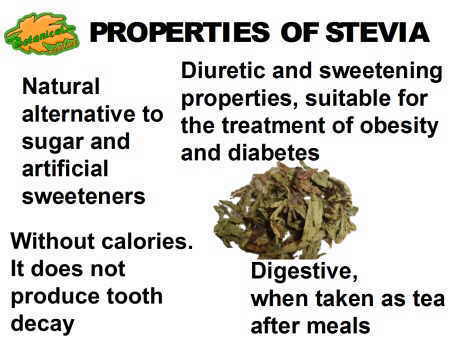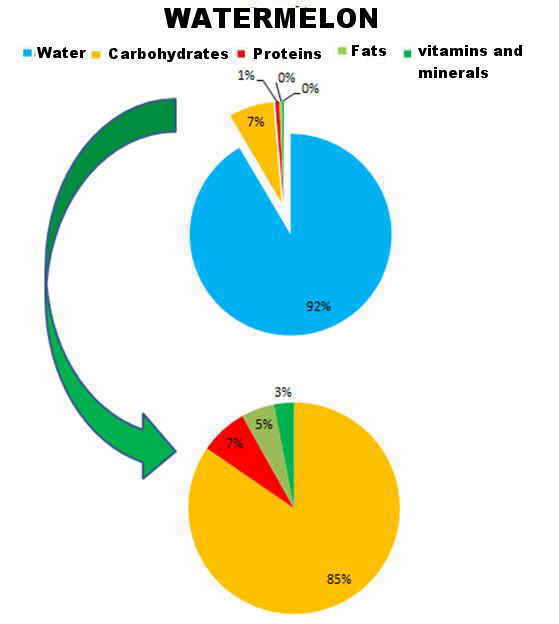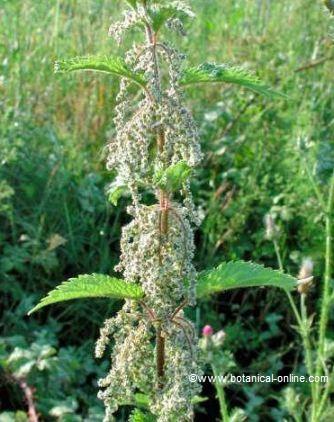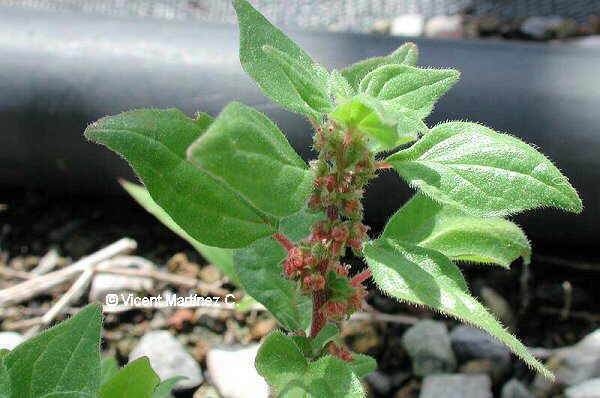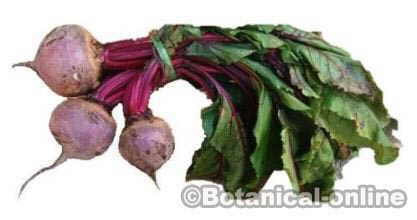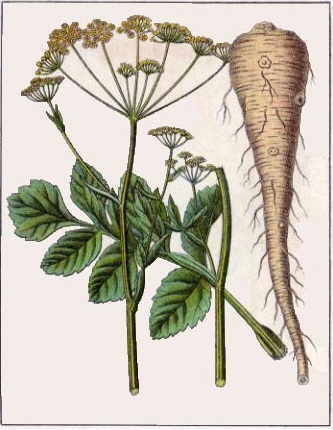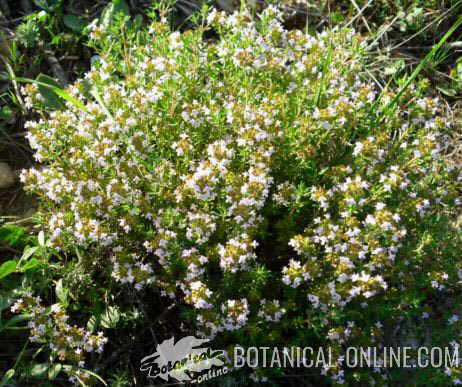Contents
Main classes of birch
MAIN SPECIES OF GENUS BETULA (BIRCHES)
Among the 60 species of the genus Betula, we could emphasize the following:
Main species of birch in Europe and Asia
Silver Birch: (Betula pendula Roth = Betula alba = Betula verrucosa Ehrh) deciduous tree or shrub in the family Betulaceae up to 25 m. tall with drooping branches. Trunks are erect, with white or gray bark with reddish tones in the young specimens, wrinkled and dark at the base of the stem which is usually easily split into strips. Young glabrous twigs with the presence of rough warts and glands that produce white resin. Ovoid, glabrous and doubly toothed long teeth leaves alternating with other shorter, up to 6 cm. Flowers gathered in catkins, the male ones erect in youth and hanging in maturity, the female ones upright. Pendulous Fruit, cylindrical, up to 4 cm long that open at maturity expelling its winged seeds.
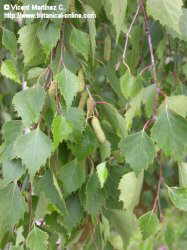
Photo of silver birch (Betula pendula)
It is a tree from southwest Asia (Turkey and Caucasus) which can be found wild in most of the mountains up to 3000 meters. It is practically in most forests and heaths throughout Europe, along rivers and streams. It appears regularly throughout Europe sharing habitat with other trees in temperate mixed forests. Being a tree that lets light through, it can live with other trees such as willows, oaks, ash, lindens, maples. Many shrubs and plants also grow beneath it, such as holly or hazel.
In more continental forests, the rigors of cold are placing this species as dominant over the other deciduous trees. However, it is in most northern areas of northern Europe where this species reaches its peak.
It forms large forests in the Scandinavian boreal forest or taiga located between 50 and 70 degrees North Latitude. These are transitional forests in which this birch is a colonizing species (pioneer species) that takes advantage of the gaps that remain after the fires. Being a fast growing tree and a lover of light, it is able to reforest in a period of 60 years the land that should be occupied by Scots pine (Pinus silvestris) that are replacing the birch forests. In turn, the pines are replaced by spruce (Picea abies) which form the climax vegetation, ie the final and stable vegetation that occupies this habitat. It is estimated that the whole evolutionary process in the taiga of Scandinavia can last about 500 years.
It grows from a common form in Canada. It prefers limestone and moist soils.
Downy birch (Betula pubescens Ehrh) deciduous tree or shrub in the family Betulaceae up to 30 m. high. White or gray bark, erect trunks. Unlike the species Betula pendula, the crust is not reddish or wrinkled or dark at the base of the stem and therefore it is not usually split into strips. Young twigs are pubescent clear and do not hang; they can have a presence or absence of warts and no resinous glands. Ovate and acuminate leaves up to 5 cm long, covered, as the bark,of a white waxy covered with silvery hairs on the nerves of the back, not doubly toothed as in B. pendula and generally more rounded, with hairy petioles. Flowers gathered in catkins, the male erect in youth and hanging in maturity, the female upright. Pendulous and cylindrical fruit, up to 4 cm long, that open at maturity expelling its winged seeds.
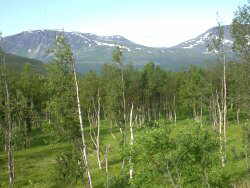
Photo of downy birch (Betula pubescens) occupying the highlands of Norway
Species from Asia at its height on heaths or swamps, especially in northern Europe, being very common in Norway, Sweden, Finland, Iceland and northern Asia. It tends to prefer more humid areas of siliceous nature than the pendulum birch (Betula pendula)
In the northernmost regions, it appears with the variety Betula pubescens subsp. = Betula pubescens tortuosa subsp. czerepanovii, called arctic white birch, which can be found further north. (Some authors do not differentiate between the two subspecies). In peaty and poor soils in Northern Europe and in the high mountains of south it produces large forests. The northern forests are more sparse, with specimens of smaller size until its complete disappearance when they are replaced by dwarf birch (Betula nana L.) which has a shape lying shrub and not reaching more than 100 cm in height.
In places of less extreme weather it can cross with the pendulum birch, producing hybrids that share common characteristics.
Hybrid species Betula pendula and Betula pubescens: The two species often hybridize with ease before producing species that share common characteristics and are sometimes difficult to distinguish. This is especially true in northern Europe.
Dwarf Birch or Bog Birch (Betula nana) has a low shrub scrub size that do not exceed more than 100 cm in height. Stolon presents dark red pubescent twigs. Small leaves, up to 1.5 cm, rounded, with coarse teeth and prominent, beautiful when young, glabrous as they mature.
The dwarf birch is the most prominent shrub in the tundra, being very common to find it in Scandinavia and Central Europe in swamps and bogs to 2000 meters. It can also be found very rarely in some mountains of Scotland.
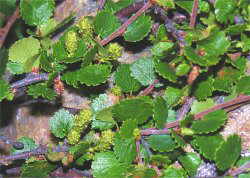
Photo of dwarf birch (Betula nana) crawling on a stone in a bog in Finland.
Himalayan Birch (Betula utilis) is a tree from the Himalayas that heights more than 18 meters. It has pale gray trunks that are peeled off easily and leaves up to 8 cm with a beam of dark green and a much clearer back part.
Japanese white birch (Betula plathyphylla) is a species that can be found in eastern and western Siberia and northern China, Korea and Japan. It has a white crust without spots.
Chinese red birch (Betula albosinensis) birch species native to the west of China, which can reach 12 meters high. Highlights of the lower crust color that appears to peel the outer layer of gray color and offers a beautiful copper colored. Its leaves are oblong, have very prominent teeth and may reach 8 cm in length.
Alaska birch (Betula neoalaskana): birch that grows in the interior areas of Alaska and Canada. Reaches 12 m in height. Stems with a brownish-white bark.
Main American species of birch
Black birch or sweet birch (Betula lenta) American birch species to 23 m in height. Trunk bark of bright color, reddish brown to black.
Gray birch (Betula populifolia) North American species that grows in the colder areas where other species of birch cannot grow. Leaves of up to 8 cm long, very acuminate and stems of a pale gray color.
Yellow birch (Betula alleghaniensis) Birch of the highest port in the eastern United States and Canada. It can reach 30 meters high. The bark is of a creamy yellow color, even gold and breaks easily into strips. It is planted to be used commercially, because of the value of its timber and the high proportion of oil. Very long leaves with very jagged edges.
| Scientific overview of Betula species and varieties |
| Betula alleghaniensis Britt. Betula alleghaniensis Britt. var. alleghaniensis Betula alleghaniensis Britt. var. macrolepis (Fern.) Brayshaw Betula ×alpestris Fr. P Betula ×alpestris Fr. var. ×sukaczewii (Soczava) Govaerts P Betula borealis Spach Betula ×caerulea Blanch. Betula ×caerulea Blanch. var. caerulea Betula ×caerulea Blanch. var. grandis Blanch. Betula ×dugleana Lepage P Betula ×eastwoodiae Sarg. P Betula glandulosa Michx. Betula ×hornei Butler P Betula ×jackii Schneid. P Betula lenta L. Betula maximowicziana Regel Betula minor (Tuckerman) Fern. Betula murrayana Barnes & Dancik Betula nana L. Subspecies Betula nana L. ssp. exilis (Sukatschev) Hultén P Subspecies Betula nana L. ssp. perfiljevii (V.N. Vassil) A.& D. Löve P Betula neoalaskana Sarg. Betula nigra L. Betula occidentalis Hook | Betula papyrifera Marsh Betula papyrifera Marsh. var. cordifolia (Regel) Fern. Betula papyrifera Marsh. var. kenaica (W.H. Evans) A. Henry Betula papyrifera Marsh. var. papyrifera Betula pendula Roth Betula pendula Roth var. dalecarlica Schneid Betula platyphylla Sukatschev Betula platyphylla Sukatschev var. japonica (Miq.) Betula platyphylla Sukatschev var. kamtschatica (Regel) Betula platyphylla Sukatschev var. platyphylla Betula populifolia Marsh Betula pubescens Ehrh Betula pubescens Ehrh. var. pubescens Betula pumila L. Betula pumila L. var. glabra Regel Betula pumila L. var. glandulifera Regel Betula pumila L. var. pumila Betula pumila L. var. renifolia Fern Betula ×purpusii Schneid. P Betula ×sandbergii Britt. P Betula ×sargentii Dugle P Betula szechuanica (Schneid.) C.A. Jansson Betula uber (Ashe) Fern Betula ×utahensis Britt Betula ×winteri Dugle P |

